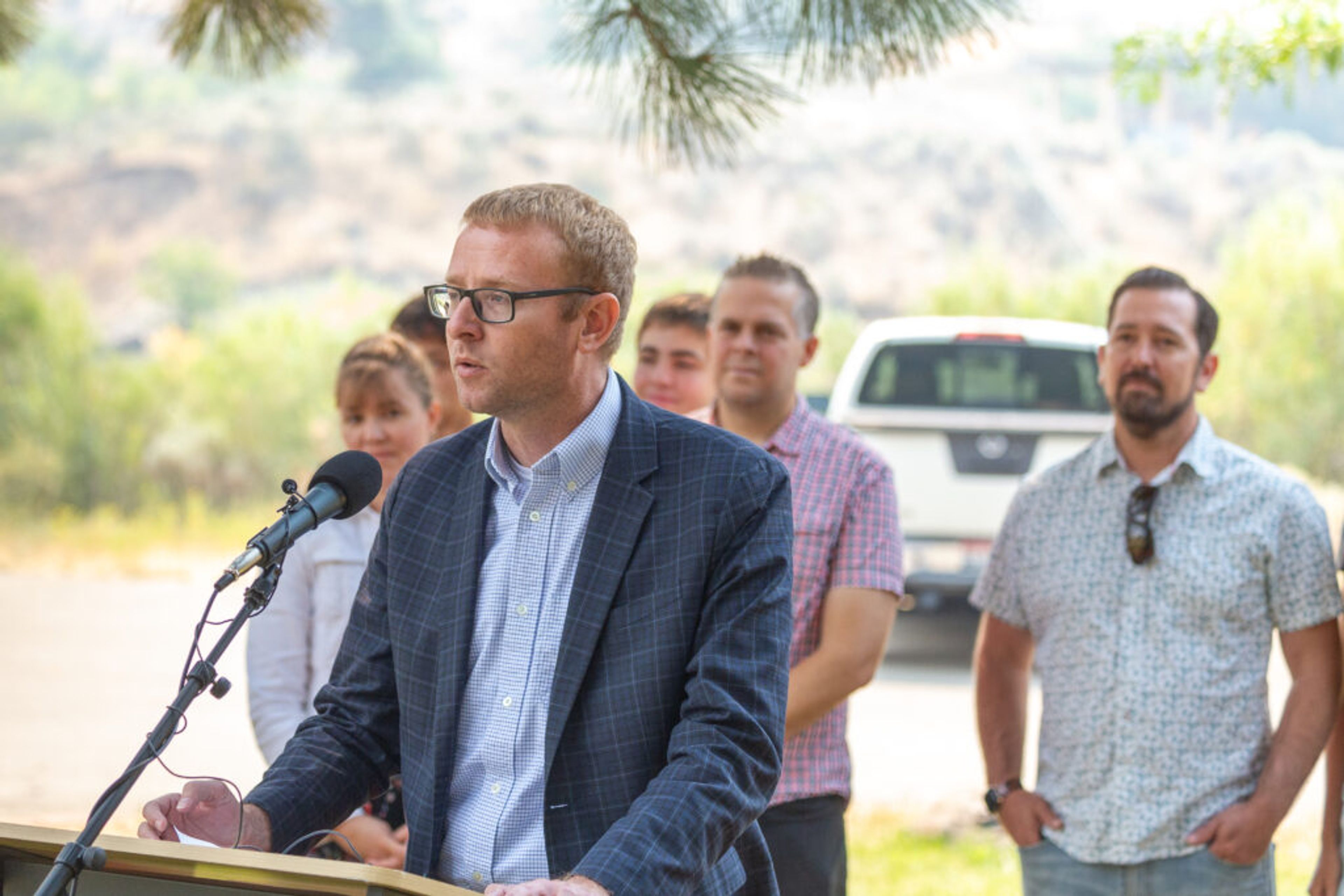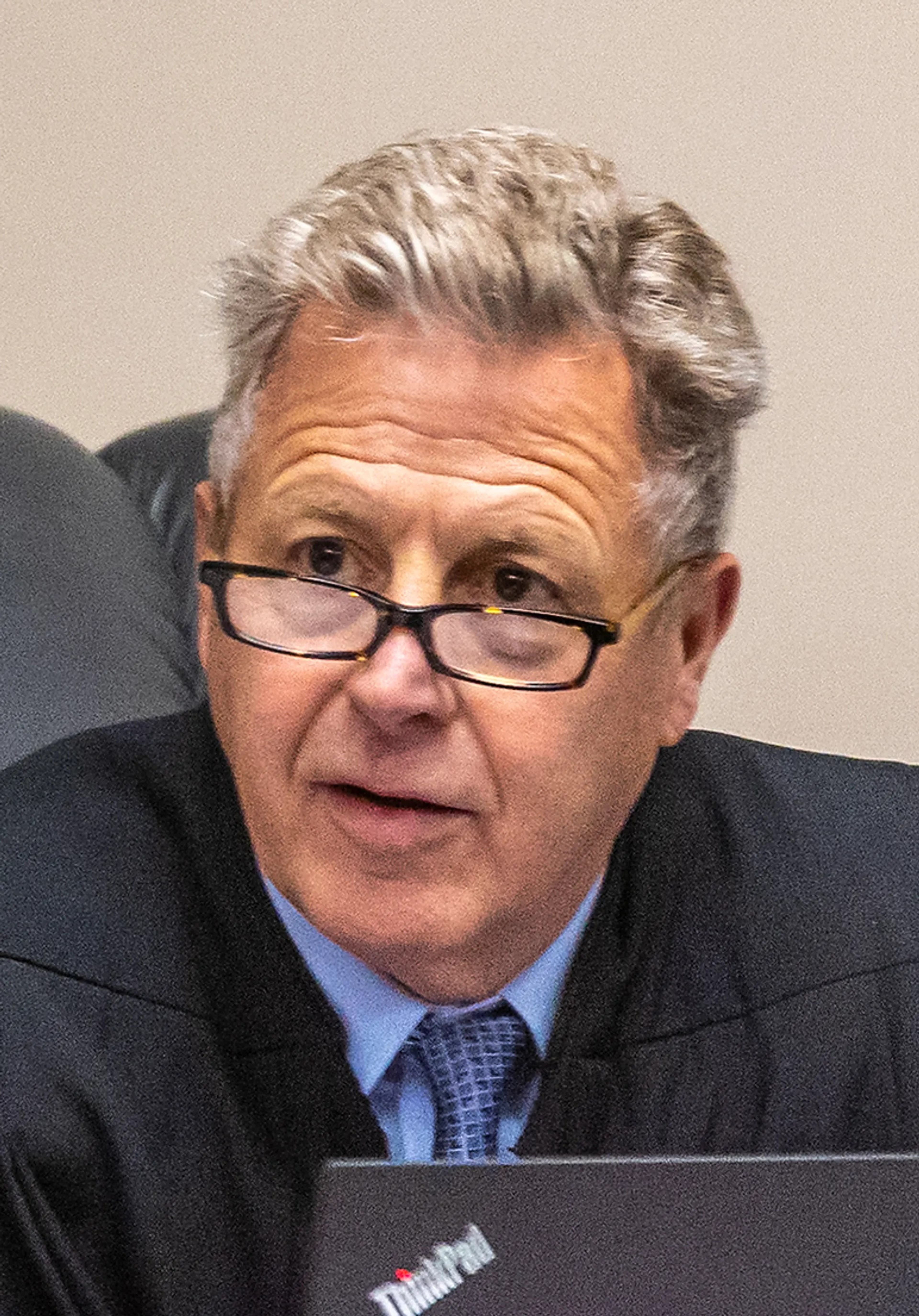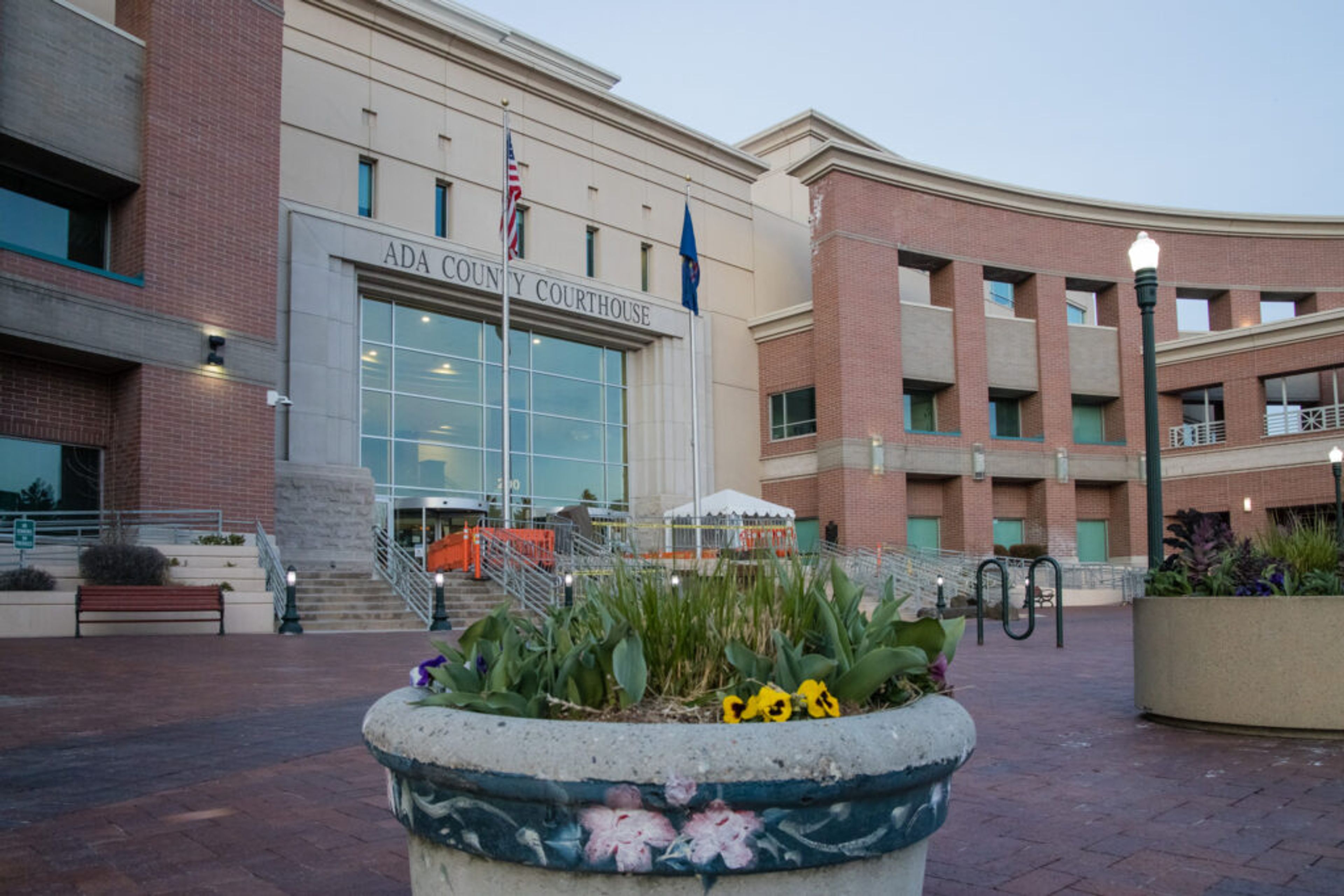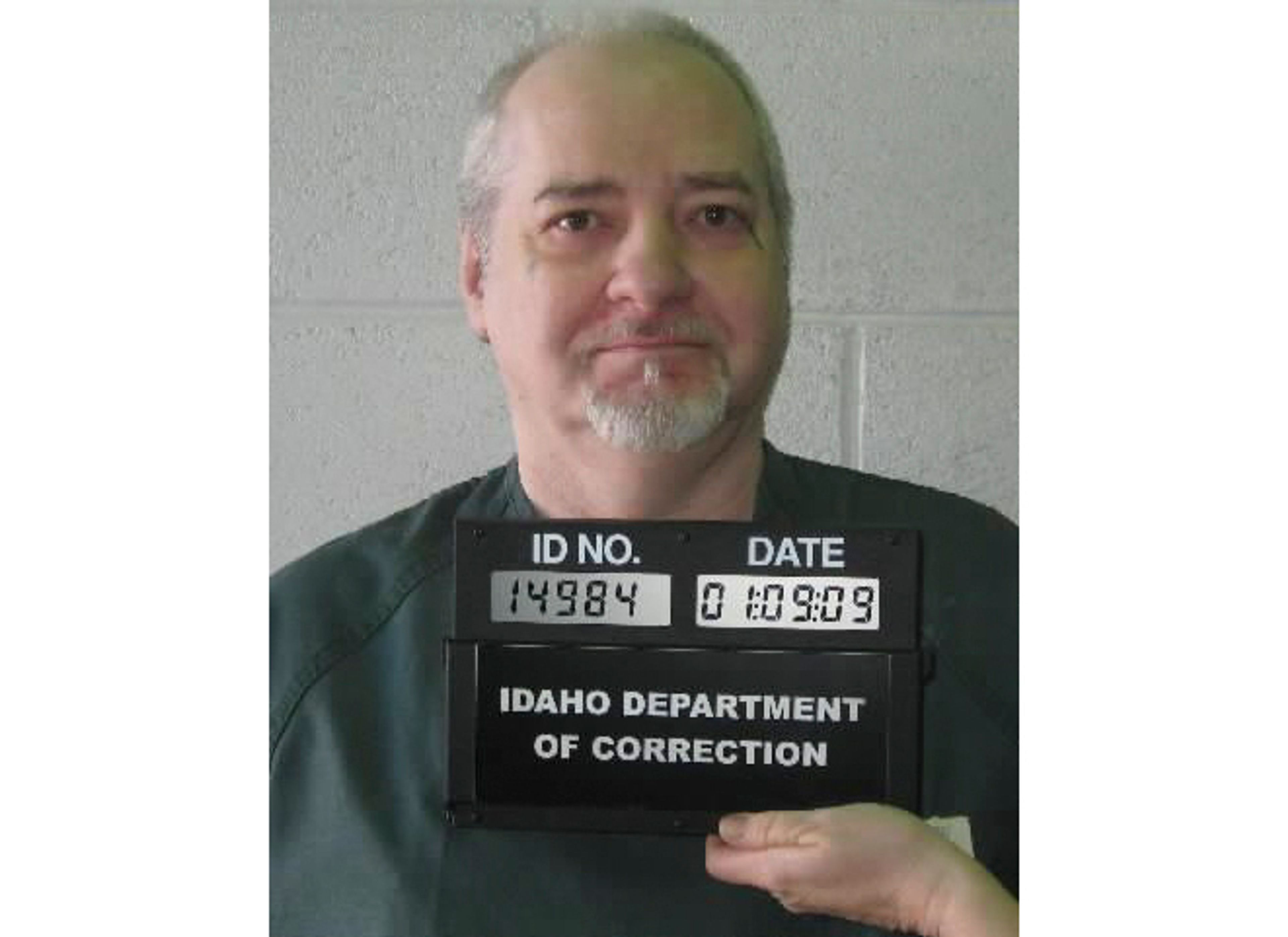How much timber should be taken from the Clearwater National Forest? Today concludes a two-part series focusing on the debate over that question.
OROFINO Known as the North Fork Ranger District, the patch of the Clearwater National Forest bordering the North Fork of the Clearwater River is a battleground, plain and simple.
Except simple would be the wrong word to describe the varied world of the North Fork country these days. The recent overflights by Lighthawk, the aerial wing of the conservation movement, marked another shift in the debate. Arthur S. Bourassa, the fourth district ranger to guide the North Fork country's destiny in a decade, said he's seen the scope of the debate broaden.
The Forest Service once heard almost exclusively from those who lived nearest and most often drew their livelihoods from the forest.
Now the public that peers over the Forest Service's shoulder is regional or national.
''I think ... a lot of the appeals are not so much based on the issues but as a way of getting at the way of doing business on national forest and private lands,'' he added.
For a ranger, who must decide the fate of the forests and stand accountable for his choices, the change has been not so much fun as exciting.
''It's more exciting. It's more complicated. The number of interest groups and individuals has greatly increased in complexity,'' Bourassa said.
The mix on the North Fork is typical, and vocal.
North central Idaho's timber industry sees it as valuable timber country with the right climate and the right soils to grow trees. Potlatch Corp. owns vast tracks of forests here that lie adjacent to the national forest for just that reason.
Fishermen prize the North Fork mainly for one of its largest tributaries, Kelly Creek, which has attracted national attention for its cutthroat trout.
Hunters prize the elk herd in the mountains bordering the river. Unit 10 is one of the most productive elk ranges in Idaho, a state that prides itself on producing proportionately more mature bull elk than any other Western state.
Conservationists covet the area for its vast tracts of roadless lands. Two wilderness areas, Kelly Creek or the Great Burn and the Mallard Larkins are almost sure to take shape here if and when the great debate is settled.
Like the appearance of Lighthawk, the new emphasis on the North Fork's past, present and future by the Clearwater Forest Watch represents an incremental change.
During the past decade, the battles fought on the North Fork have been bitter at times. Wilderness remains a perennial potboiler that draws in groups ranging from outfitters to corporate executives, Sierra Club members to miners, and fly fishermen to loggers.
In 1981, the U.S. Forest Service proposed logging along Toboggan Creek, a tributary to Cayuse Creek, which in turn feeds Kelly Creek, bedlam erupted.
Survey stakes were torn from the route of a proposed road. Fly fishermen and the conservation community mobilized. The Forest Service retreated.
In 1984, then-Sen. James McClure and Idaho's all-Republican congressional delegation championed a wilderness bill. The bill outraged environmentalists, whose outrage at the North Fork country offerings became a major focus.
A staff member of the House Interior Committee said the Idaho wilderness bill drew more letters than any other issue, aside from the Alaska Lands Act.
The next go-around on wilderness, a bipartisan bill sponsored by Sen. McClure and Gov. Cecil D. Andrus, a Democrat, proposed more wilderness for the area.
But it, too, was seen as too much by both loggers, who wanted more of the North Fork lands open to development, and conservationists, who wanted more lands off limits to development.
Another front in the war for the North Fork developed when timber industry leaders championed a new road to connect the North Fork.
The so-called Dworshak Connector Road was seen as critical by the industry because it would cut the cost of hauling timber from the area to mills in the Clearwater Valley.
Conservation groups battled the plan as a boondoggle because of its price tag, which was estimated as high a $2 million for the seven-mile route. Conservationists complained it would build a road along the last stretch of the North Fork unparalleled by a road.
Botanists joined the fight, too, because they saw the road as a threat to a unique community of plants rare in the northern Rocky Mountains. The bank monkeyflower in part helped prove the road's undoing.
Last year, the road, endorsed by Andrus and McClure and a bevy of politicians, failed to survive an administrative challenge and apparently expired.
It was Bourassa who made the intial decision to defer indefinitely building the North Fork Road.
The comments he got on that plan ranged not only across the spectrum of viewpoints, but across the country as well.
''I had people responding from the East Coast to the West Coast on that,'' he added.
The scrutiny isn't likely to lessen any time soon, either, he added, noting the shift from who he hears from. ''It went from a local to a regional to where some of the decisions I'm making have national significance.''








